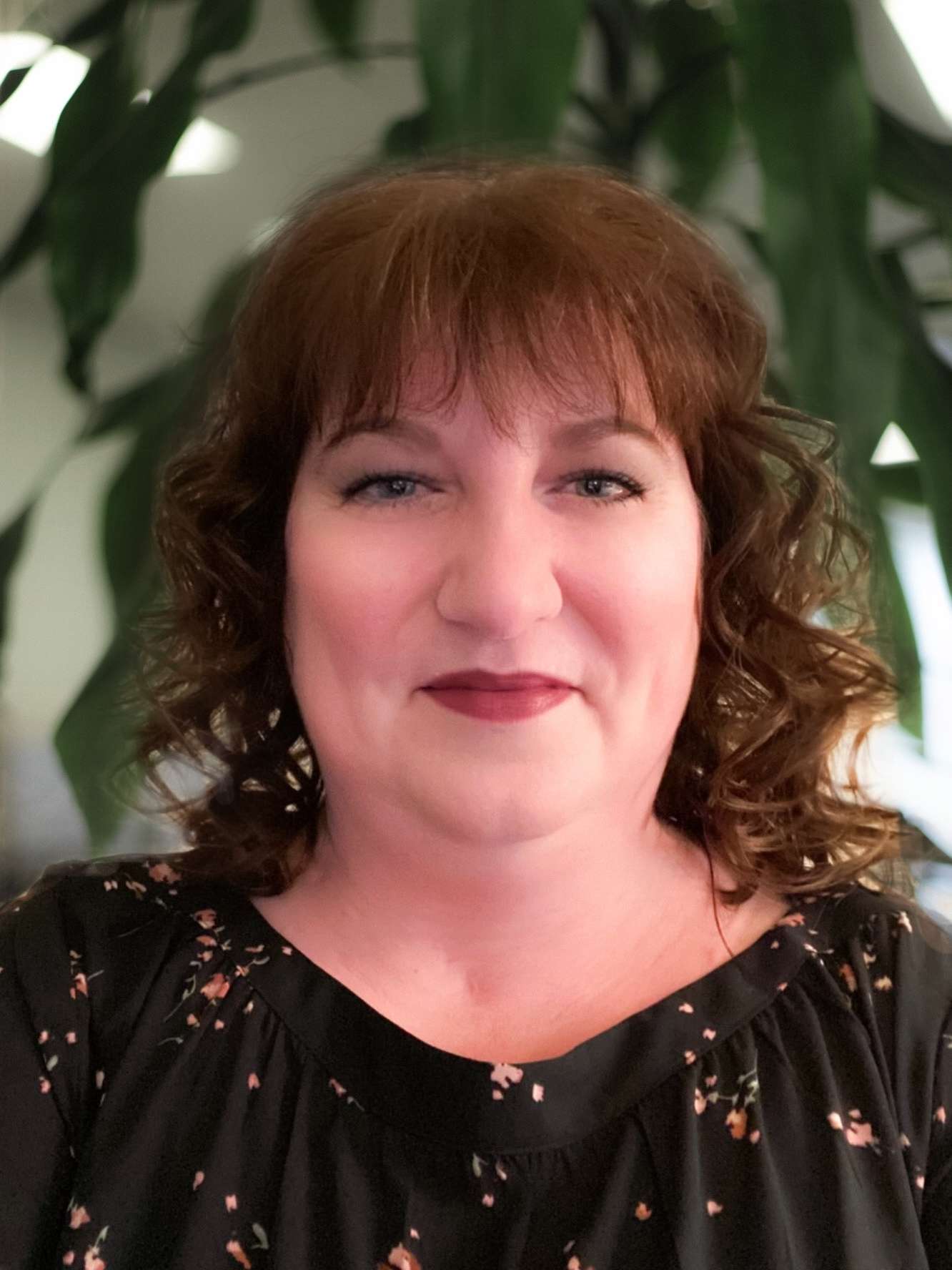
Blog
Nonprofit amalgamations can be a success. Ten years in, Parachute shows us how.
We are pleased to share stories from the network. This is a blog post featuring ONN member Parachute, written by their President and CEO Pamela Fuselli.
I clearly remember that day in 2009 when four leaders of national nonprofits set in motion what would be a sea change for us as leaders, as well as for our organizations.
These nonprofits all formed in the mid-1990s and focused on various aspects of preventing injuries, which remains to this day the leading cause of death for Canadians aged 1- 44 and the third-leading cause of death for all Canadians. We’d been collaborating for several years, but continued to hear from those we worked with across Canada that having multiple organizations was confusing. There was some duplication in efforts, for example in the area of road safety. The four organizations also overlapped in funding partners, sometimes competing for scarce resources.
The four of us left the room that day with one point of agreement that would direct our actions over the next two years: we would give up everything – our positions, our organization’s names – all but the cause, to achieve greater impact.
The journey that followed involved extensive consultations with stakeholders and experts from business, finance, government, healthcare, marketing and social sectors. The process leading to amalgamation was made possible by key people who brought in branding and strategy consultants at significantly reduced costs, and skilled facilitators who helped us tackle challenging conversations to ensure that we were positioned for success at the organization’s launch.
In July 2012, we dissolved our four organizations and launched a new one: Parachute. It continued programming of the four legacy organizations and many previous staff also moved to Parachute. Over time, we’ve launched new programs and activities, discontinued some programs, and adjusted staffing.
It was the right thing to do and the proof is in our results
Parachute celebrates its 10th anniversary in 2022. At a milestone like this, it’s a good time to assess the amalgamation’s results.
We eliminated duplicated activities, administration functions and resources. Our partners who implement prevention programs have an identified, go-to national organization. They no longer have to guess which organization is the right one to contact.
There were high hopes when we amalgamated that our revenue would grow substantially in the first five years, tripling our starting revenue. While that growth has not been realized, we retained all but one legacy funding partner through the first years of Parachute. Like many organizations that receive the majority of funding from the government and corporate sectors (rather than individual donations), Parachute has been challenged financially at times but we have weathered them well. Parachute has an amazing, dedicated team, and some, like me, have been there since Day One.
Major achievements in the past decade
- Parachute has published:
- The first Canadian Guideline on Concussion in Sport
- Two Cost of Injury in Canada Reports
- The first textbook on injury prevention
- The first Evidence Summary on the Prevention of Poisoning in Canada
- Achieved exponential growth in exposure, garnering a record 1 billion+ media impressions in 2021.
- Continuation of celebrated program implementation: 25 years of Safe Kids Week and 16 years of Brain Waves.
- Contributed to improvements in policies such as penalties for distracted driving.
Advice to other nonprofits
If you are considering joining forces with another organization, you need to be like-minded, and complementary. The four leaders who joined forces were really committed to the cause of injury prevention. We returned throughout the amalgamation process to the commitment we made at that first meeting. When there were disagreements, for example, on the structure of the new organization, we always made decisions based on what would help advance our cause.
By remaining true to our goal, we were able to work through issues of “turf” and keep our vision on track. There were conflicts and difficult discussions. What staffing positions would the new organization need? Did we have the skill set in existing staff to meet these needs? Where would the office be located? What programs would continue?
One surprise: we assumed that because two of us moved into senior leadership positions at Parachute, our partners across Canada would automatically trust that the newly formed organization would also embody previously held values, such as being collaborative and committed to evidence-based practices. This didn’t happen immediately as partners needed to experience the new organization and understand how we intended to operate as a collaborative, evidence-based leader.
Successful amalgamations can happen, creating stronger organizations and reducing fragmentation. They require a clear and agreed-upon goal, facilitated transparent and open discussions on difficult topics, commitment from leaders and an enormous amount of goodwill.
Related Resources:
International Business Institute – Parachute Case Study
Philanthropic Trends Quarterly – 2015 Issue 2
Resource on effective nonprofit amalgamations – A case based framework
This post was written by Pamela Fuselli, MSc, President and CEO of Parachute
Pamela Fuselli, MSc is the President and CEO at Parachute. What really drives her is the heartbreaking knowledge that the majority of serious injuries and deaths are preventable. Pamela leads Parachute’s mission to turn evidence of what works into action, building strong relationships with stakeholders across Canada to achieve this mission. Over 20 years in the health care/injury prevention sector, Pamela’s work has focused on influencing public policy and public perceptions and knowledge with effective interventions. She strongly believes in collective impact, harnessing the strength of those seeking similar outcomes to achieve social change.



